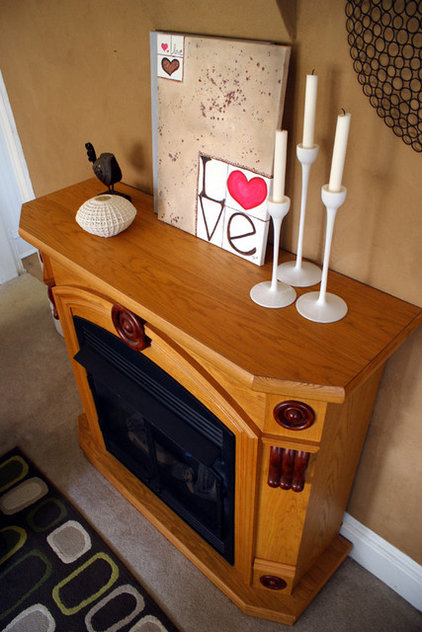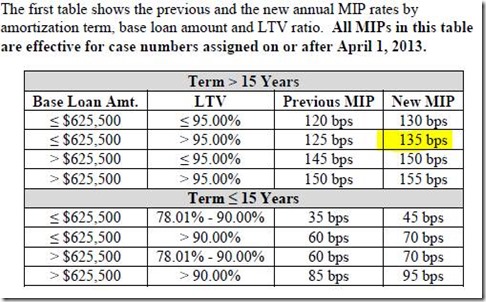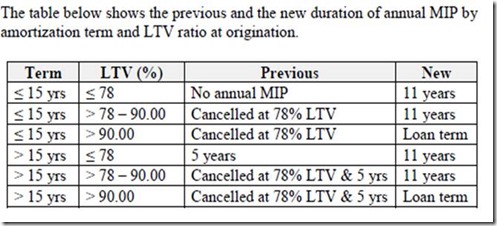By Tara-Nicholle Nelson
It is a rare occurrence these days to have a home’s buyer and seller sit down around the kitchen table to make a deal. In some areas, they do still sit around the attorney’s boardroom table to close the deal, but by that time, the deal is done and the ship has already sailed on any avoidable mistakes.
So in the vast majority of home sales, buyer and seller never connect in person, never talk, and never exchange insights or information except in the most formal, written formats - despite being effective business colleagues in one of the single most important transactions of their lives. And here’s the rub: buyers sit on a wealth of knowledge that sellers crave to know, most of which could be filed under how to attract buyers and make them want to buy a home (or at least, not turn them off). So, since buyers and sellers can’t get together, allow me to reveal a handful of helpful insider insights that the buyers I’ve worked with and connected with over the years would reveal to sellers, if they could.
1. You should see what your home looks like online. No, really. If you did your due diligence before listing your home for sale, met with agents and reviewed their marketing plan they use for their listings, chances are good that you chose an agent who takes online marketing very seriously and said as much during your listing interview. But somehow, there are still hundreds of listings in every major city that receive a failing grade on their online presence, once the home has actually been listed.
Every day, online listings are activated on Trulia and all across the real estate web with: only one or two pictures; no pictures at all; multiple photos that represent the home very poorly or show it in its worst light; in terms of the shots selected and included in the listing (e.g., photos focusing on the dumpster in front of the house, or the messy breakfast dishes on the table), or listing descriptions that bemuse us buyers, but would befuddle and even anger the homeowner, like the homes whose descriptions start off with the attention grabbing: “This place is a mess!”
Sometimes, there’s just a glitch along the production chain that it takes to get a property marketed; other times, there’s an actual error in judgment that took place. But it’s free for you, seller, to hop online and just do a quick audit of the way your home is represented in the same listings, virtual tours, and property websites that buyers will see. And it’s often the only way these glitches will get caught, brought to the agent’s attention and rectified. So you should.
2. If your home is seriously overpriced, I’ll wait for the price to come down before I even come see it. You might be thinking the best plan of action is to list your home high, planning on the fact that prospective buyers will want to bargain the price down. And, in fact, this might be true for your area - your agent can brief you on what the standard negotiation practices in your neck of the woods are, and you two can then work together to factor them into your pricing strategy.
That said, even in an area where homes generally go for below-asking, buyers are willing to do some basic negotiation. They are not, generally, interested in correcting a seller’s belief system about their home and its value that are clearly not based in the realm of reality. That seems daunting and like too much work to do - as well, there are so many properties to see, and buyers have to invest so much time, energy and emotion in making an offer, they don’t like to do that in cases where the seller’s list price is so bizarrely above-market that the chances of coming to a meeting of the minds about price are slim.
If your home is dramatically overpriced, compared to the others in the area or compared to it’s market price range, most serious home buyers in the market for a home like yours will either (a) never come see it, because it doesn’t show up in the price range they are searching online, or (b) not come see it unless and until you drop the price, because it simply isn’t worth their time and energy until you correct your pricing into the realm of the realistic.
3. There are a whole lot of fish in the sea - I only have to find one. Agents and mortgage brokers talk to buyers a whole lot about compromising, and what they can expect on the market as a whole, and such. But my reality is this: home buyers are not in the business of market analysis. They are in the business of finding a home. Only. One. Home.
Yes, ultimately, every buyer has to make some compromises. No home is perfect, and every person who buys a home eventually gets that. But even in a heating market like the one we’re in right now, there are lots of homes coming onto the market every single day. Any given buyer only has to find one that works for them. To buy your house - any house - that buyer really does need to feel inspired by it enough to feel like it could work for their family, their needs and their life as their home.
If you take shortcuts when it comes to primping and prepping your home for the market, it becomes super obvious to buyers when they scrutinize it, even if it’s really priced well. On the other hand, the homes that were well cared for, prepared and priced shine above the others, at every price point.
4. If I nitpick your house, that probably means I like it. Every buyer’s broker has a horrific moment, at some point in their career, where they realize their buyer has been trash talking a home - its nasty wallpaper, vomitrocious carpet, silly stylistic choices, etc. and so forth - and the home’s seller has managed to overhear this diatribe. The pool boy who was at the property turns out to be the seller’s son, the sellers turn out to have been next door or in the basement through the entire showing, or the teddy bear-cum-Nanny Cam has advanced audio capabilities.
Here’s why this horrifies buyer’s agents: the buyer that goes to all that trouble to dissect precisely what they would do differently if a given house belonged to them is a buyer who is thinking about making an offer on that very house.
The more questions, critiques, nitpicks, “What I would do’s” and such a buyer rattles off about a home, the more likely they are to make an offer on it. Of course, the occasional curmudgeonly amateur designer likes to just rip other’s decor choices apart for the fun of it, but many otherwise lovely individuals do this when they get serious about a home as part of the exercise of visualizing the property as theirs, and envisioning themselves, their families and their stuff in it. This is how buyers take a place that might not be perfectly move-in ready for them, and figure out how they might be able to make it work.
So if you happen to overhear a nitpicky buyer dissecting your home and verbally tearing down walls or ripping up carpet, don’t despair. They might simply be mentally “trying on” your home as their home.
5. When it comes to staging, the bar is high. Really high. HGTV, Houzz, Architectural Digest; all these outlets which constantly publish beautifully designed and decorated homes have influenced what the average American expects their home to look like - and yours, for that matter. Additionally, all the do-it-yourself publications and shows along with the advent of home improvement stores which double as DIY design emporiums have given everyday people of modest means the power to live in beautiful and functional homes, without breaking the bank.
Beyond all this, professional home staging has taken off in recent years, as data has repeatedly shown that staged homes sell faster, for more, and more certainly than homes that are not staged, nor well-prepared by their owners. So not only is your home competing with the homes buyers are seeing on TV and in the magazines, it is also competing with professionally staged homes for sale right in your own neighborhood - homes that the very buyers who will come to see your home will also have seen, possibly right before or after they view yours!
So, if you want to and can afford to have your home staged, do. If you can’t, you should still take the preparation of your home very seriously, and include your agent or a stager you hire for an hour of advice in the process, taking their input on things like: what furniture to get rid of; which improvements will get you the most bang for your buck with local buyers; and what paint, flooring and other finish materials will appeal to the broadest buyer segment in your area?
















































